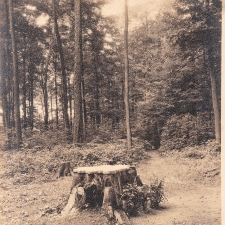
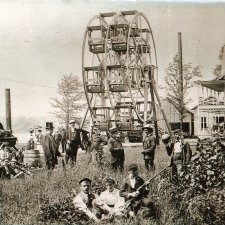
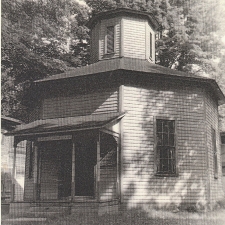
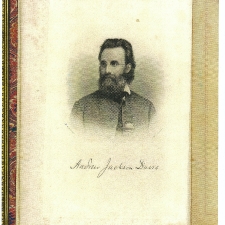
LILY DALE, N.Y. (WKBW) – Lily Dale is a one of a kind destination that thousands of folks find their way to every year.
http://www.wkbw.com/news/western-new-yorks-most-unusual-destination-celebrates-135-years
Sandy Eppinger grew up there and she comes back every year. She says, “It was the most fabulous place to live as a child.”
Some people visit Lilly Dale to communicate with their “dearly departed” through spirit mediums. Ron Nagy, town historian and curator of the museum, says that strange things sometimes happen here but he’s used to it now. He’s been a Lily Dale resident for 15 years.
In the museum, Ron says he’s seen objects move and even been “nudged” by one of his favorite, now deceased mediums. One of Ron’s talents is the ability to unconsciously bend spoons. He teaches a workshop on how to do it. The next one is coming up August 20.
Lily Dale is open daily and you can find out more about their day to programs at their website
Norman Anderson publisher of the online “Ferris Wheel News Letter” contacted me last year. Norman had noticed a 1907 postcard of our Ferris wheel circa 1898 and requested more information. He was most interested in its unusual construction.
My return e-mail stated that the only information we had was it was only in operation for one year—1898 and was removed when the mediums complained of its excessive noise. I asked Norman if he could find any information and that would be appreciated.
In his News Letter # 172 he supplied the following information: The Lily Dale wheel was principally built of wood and operated only in the season of 1898. The wheel had eight carriages on each side, for a total of 16. It is a double (side-by-side) wheel and with both sections connected and turning at the same rate. The construction made it possible to load two carriages at a time.
The only known similar wheel in the US was a double built by William Somers in Atlantic City, which began operation on July 4, 1892. But unlike the Lily Dale wheel, the two halves of the Somer’s wheel turned independently of each other. The Lily Dale wheel was turned by an electric motor and a cable that ran around the left-most wheel in a groove (A common method of turning early wheels and which continued to be used by builders such as Conderman and Eli Bridge. The electricity used to turn the wheel apparently was furnished by a generator attached to a steam engine. Notice the wooden barrel next to the steam engine. I wonder if this contained water for the boiler or fuel oil to produce steam.
No information about the builders of the Lily Dale wheel has been found thus far. Somers of Atlantic City had a team of workers in the early 1890’s that built several wheels in New Jersey and down state New York plus one in Chicago. Upstate New York had many Ferris wheels starting with one in Syracuse in 1849. However, I suspect most communities had workers (carpenters, mechanists, and blacksmiths) with the skills needed to build a wheel like the one in Lily Dale.
(My note) Both Allan Campbell and Charles Shrouds were wealthy and originally from Atlantic City where they still maintained a home and business. Could they have financed the transportation of a Ferris Wheel from Atlantic City?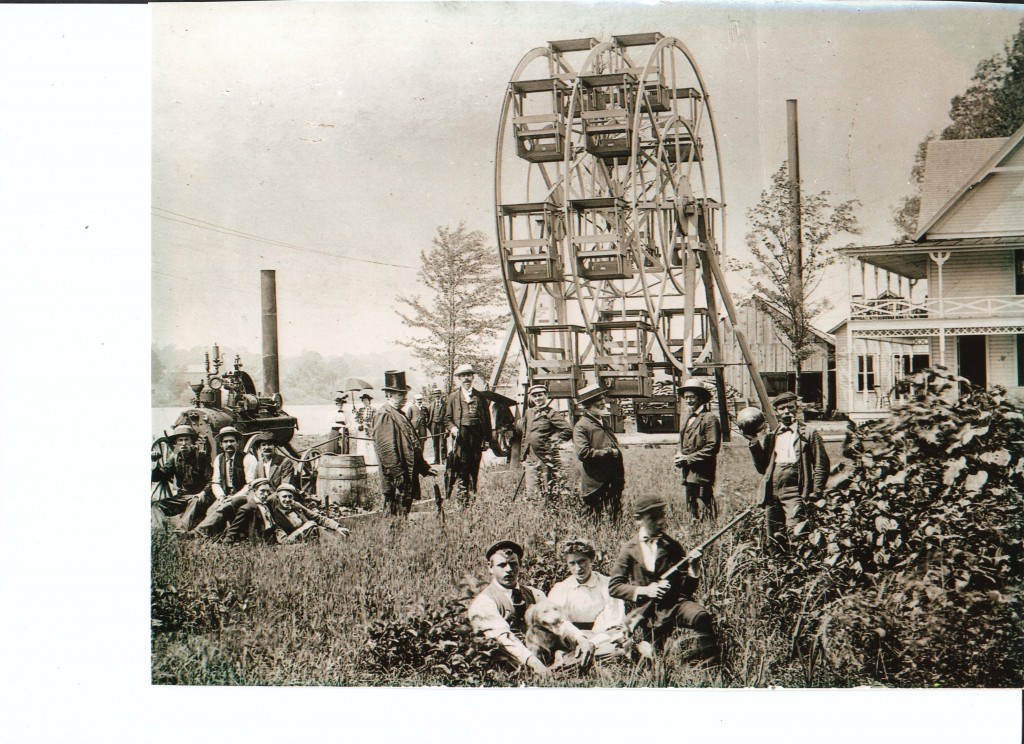
Lily Dale is the oldest community dedicated to the practice of the Spiritualist Religion. The basic tenant of Spiritualism is the continuity of life after death. The living can communicate with the dead and the dead communicate with the living.
A small, gated bucolic village of Victorian homes in the Western end of New York State the “Dale” is nestled on the West side by Upper Cassadaga Lake and to the East and South by 100 acres of woodlands. Lily Dale projects the feeling of walking back in time, as the streets are narrow originally made for the horse and buggy.
Founded in 1879 by Spiritualists, Free Thinkers and Liberals a village was planned for the purpose of holding summer camp meetings for the study, practice and exchange of philosophical ideas. The Woman’s Suffrage movement soon had a strong platform at Lily Dale. Susan B. Anthony, Reverend Anna Shaw and Isabella Beecher Hooker were regular speakers. Within a short period of time a city of tents became an organized village of streets with Victorian houses and 40 families living on the property year round.
Lily Dale did not have any one founder and Lily Dale did not just happen overnight.
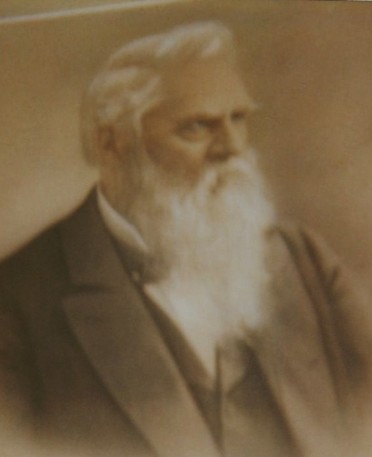 It will not come as a surprise to our readers to learn that Thomas J. Skidmore, so long and so favorably known, has passed into the world of immortals. Sunday evening April 17 1904 at about 7:30, he was smitten with paralysis, and from that time until the end, May 25th, he gradually declined. Mr. Skidmore was born at Lewisville, now Morris, N.Y. on October 6, 1826. His parents moved to Charlotte, when he was seven years of age, afterwards moving to Laona and Fredonia, all within a few miles of this place.
It will not come as a surprise to our readers to learn that Thomas J. Skidmore, so long and so favorably known, has passed into the world of immortals. Sunday evening April 17 1904 at about 7:30, he was smitten with paralysis, and from that time until the end, May 25th, he gradually declined. Mr. Skidmore was born at Lewisville, now Morris, N.Y. on October 6, 1826. His parents moved to Charlotte, when he was seven years of age, afterwards moving to Laona and Fredonia, all within a few miles of this place.
His early education was such as fell to the lot of the boys of that time, and he afterwards traveled over quite an area of the country in his search for profitable employment. The days of reconstruction gave him an opportunity for exercise of his business facilities and he became interested in railroad building, but finally devoted himself to one branch of bridge construction.
It was then quite a feat to build a bridge, as the builder was the designer and constructer, and the engineering problem to be solved was sometimes almost insurmountable. It was by his advice that the casings were used in building the bridge at Omaha and Council Bluffs, where it had been impossible to secure a foundation on account of the shifting sands of the Missouri River. They proved a success and have been used extensively in similar cases.
He was engaged in bridge construction for the government during the war, and built the “long bridge” across the Potomac at Washington. He was one of the incorporators of the Watson Bridge Company of Paterson, N.J., also one of the founders of the Fredonia National Bank, one of the strongest financial institutions of Western New York, and was a director up to the time of his death.
He was married to Miss Marion Johnson in 1854. During the early days of this organization, he was quite active and was its financial backer during the years of its struggle for existence and he and Mrs. Skidmore were always among the first to respond to any call in its behalf.
Mrs. Skidmore passed to spirit life from Cincinnati, Ohio, while on her way home from Lake Helen, Florida, February 3, 1895, since which time his brother Henry and sister Mrs. M.F. Tolles and for the past few years, Mrs. Sarah Skidmore, widow of his brother Oscar, have shared his home here. Mrs. Elizabeth Page, who was engaged as housekeeper by Mrs. Skidmore, several years before her transition, has remained in the same position all these years.
They left no children; those born, with the exception, a daughter who lived to the age of twenty, died in infancy…his knowledge sustained him and only a few days before the end came he said, in a delirium, “Marion, you and Kitty have been alone a long time, but I will join you soon.” Was it delirium? Was it not a beautiful vision of the gates ajar? Did not the door to another world swing open that he might see the angel visitants, and catch a glimpse of his loved ones who were waiting?